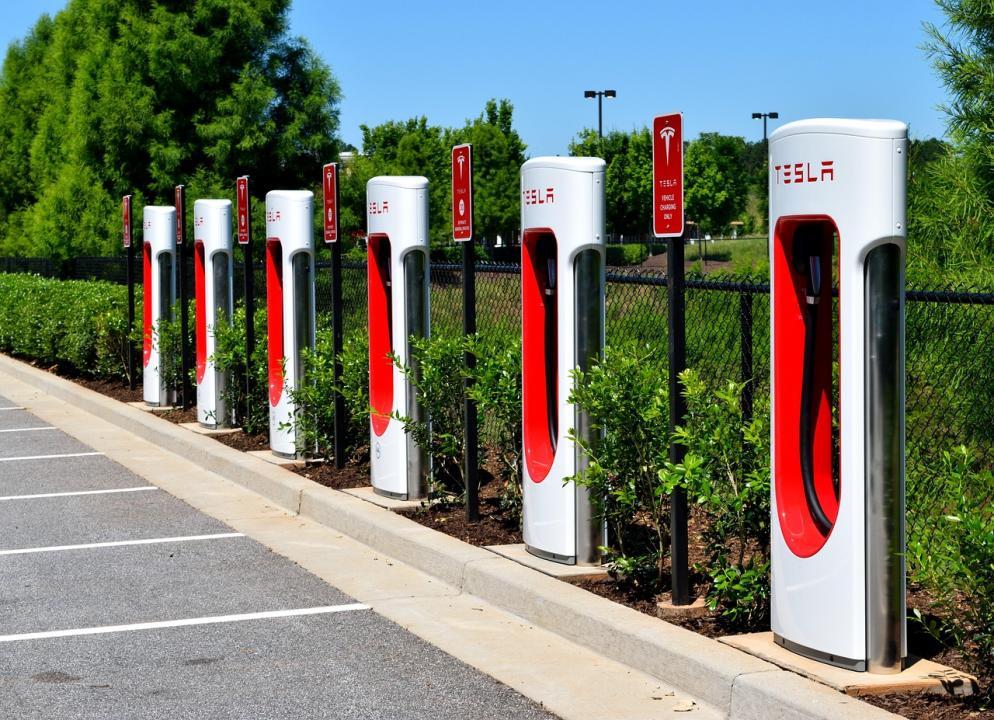Understanding EV Charging Infrastructure: How It Works and Why It Matters in 2025
- 16 Aug 2025
- 81
- Electric Vehicles , EV Sales Ireland
Understanding EV Charging Infrastructure: How It Works and Why It Matters in 2025
If you're considering switching to an electric vehicle (EV) or already own one, you might be wondering: How do I recharge my car today? What new charging options are available? And how does the whole process work now?
In this post, we'll explore the latest in EV charging infrastructure — what it is, the various types of chargers, and how the charging process has evolved. Whether you're a seasoned EV owner or just curious about the future of charging, this guide will give you a clear picture of what's happening in 2025.
What Is EV Charging Infrastructure?
Think of EV charging infrastructure as the expanding network of “gas stations” for electric cars. Instead of fueling up with gasoline, EV owners plug in to recharge their batteries. Today’s infrastructure includes home chargers, workplace stations, shopping center charging hubs, along highways, and in public spaces.
The rapid growth of ultra-fast chargers and smart charging networks now makes electric driving more convenient and less stressful — removing barriers and encouraging more people to make the switch to cleaner, sustainable transportation.
The Different Types of EV Chargers in 2025
Not all chargers are the same — they differ in speed, power, and availability.
Level 1 chargers: Basic household outlets, still common for overnight charging, especially in regions with less dense charging infrastructure. They provide slow charging, adding only a few miles of range per hour, but are perfect for home use.
Level 2 chargers: These use dedicated 240-volt outlets, similar to traditional appliances, but now include smart features like app control and dynamic load management. Installed at homes, workplaces, and public stations, they deliver a significant boost in charging speed — often adding 20-60 miles of range per hour, making daily charging highly practical.
DC Fast Chargers (now called Ultra-Fast Chargers): These are the backbone of long-distance travel and quick top-ups. Modern ultra-fast chargers deliver up to 350 kW, capable of charging an EV to 80% in about 15-20 minutes — a big leap from earlier models. They’re increasingly found along major highways, urban hubs, and even in remote areas, thanks to expanded fast-charging corridors.
Wireless and Battery Swapping Stations: Emerging technologies like wireless charging pads embedded in roads and battery swapping stations are gaining traction, offering even more convenience and reducing charging times to seconds in some cases.
How Does the Charging Process Work in 2025?
Charging today is more intuitive than ever. Here’s how it works now:
You connect your EV to the charging station via a compatible connector or wireless pad. Modern EVs and stations communicate using advanced protocols to optimize charging speed and safety. Intelligent systems manage power flow, monitor battery health, and ensure safety throughout the process.
Smart networks and apps help locate nearby chargers, reserve spots, and even handle payment seamlessly. Many stations are equipped with renewable energy sources like solar and wind, supporting sustainable charging options. When your battery reaches the desired level or 80%, the system automatically stops charging, conserving energy and prolonging battery life.
The Future of EV Charging in 2025 and Beyond
The EV charging landscape is evolving rapidly. Major investments in ultra-fast charging corridors are reducing travel times across regions. Wireless charging embedded in highways and parking lots is becoming more widespread, enabling continuous charging during commutes.
Integrated energy grids, powered by renewable sources and smart grid technology, make charging cleaner and more efficient. Vehicle-to-grid (V2G) technology allows EVs to supply power back to the grid during peak demand, turning cars into mobile energy storage units.
Additionally, innovations like autonomous charging robots and standardized charging connectors are making the experience even more seamless, regardless of vehicle brand or location.
Why It Matters in 2025
A robust, accessible charging network remains crucial for mass adoption of EVs. The new wave of ultra-fast, smart, and sustainable charging options reduces range anxiety and makes electric driving more practical for everyone — from daily commuters to long-haul travelers.
By expanding and innovating our charging infrastructure, we not only support individual mobility but also accelerate our transition to a low-carbon, sustainable future. The more we invest in widespread, rapid, and clean charging solutions, the closer we get to achieving climate goals and healthier communities.
In Short
Understanding the advancements in EV charging infrastructure in 2025 helps you stay informed and make smarter decisions. Whether charging at home, at work, or on the road, the future of transportation is electric — and it's charging ahead faster than ever.

